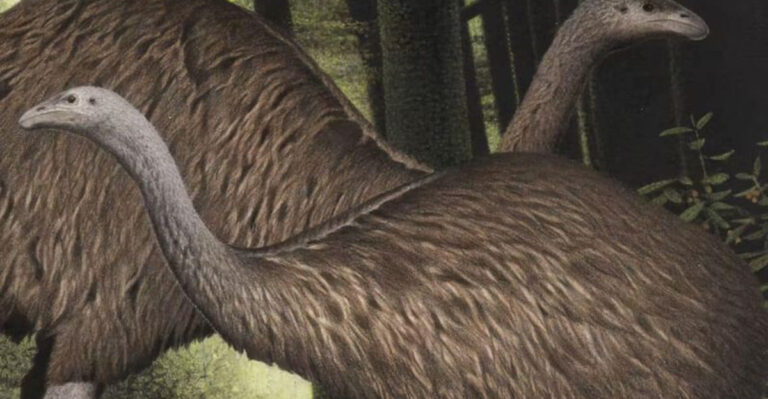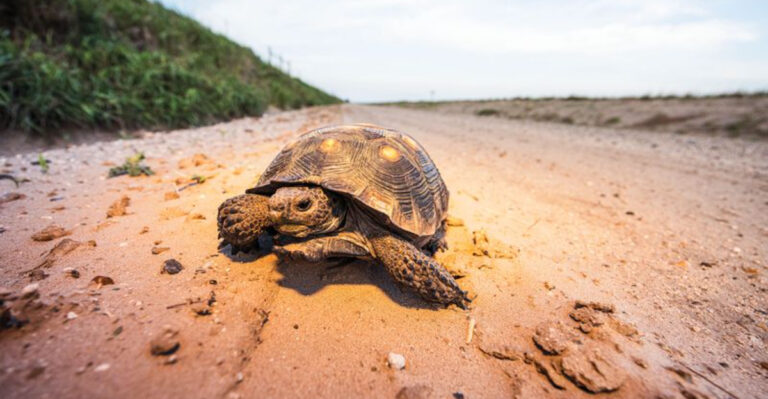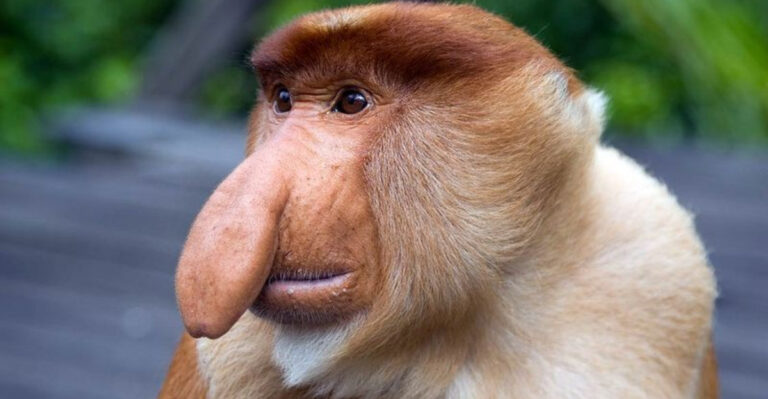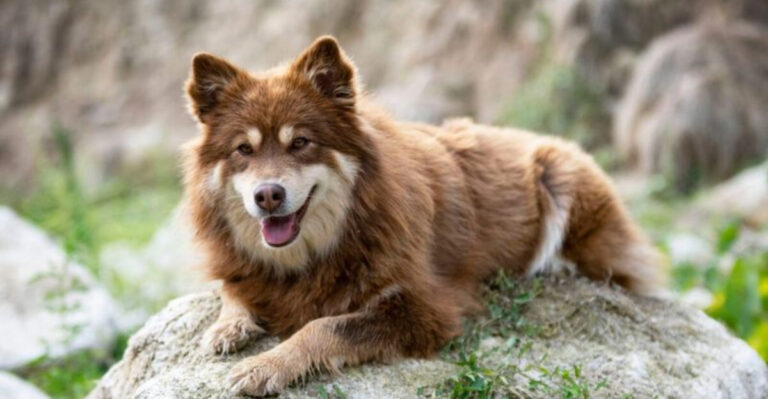25 Remarkable Lizards That Will Leave You In Awe
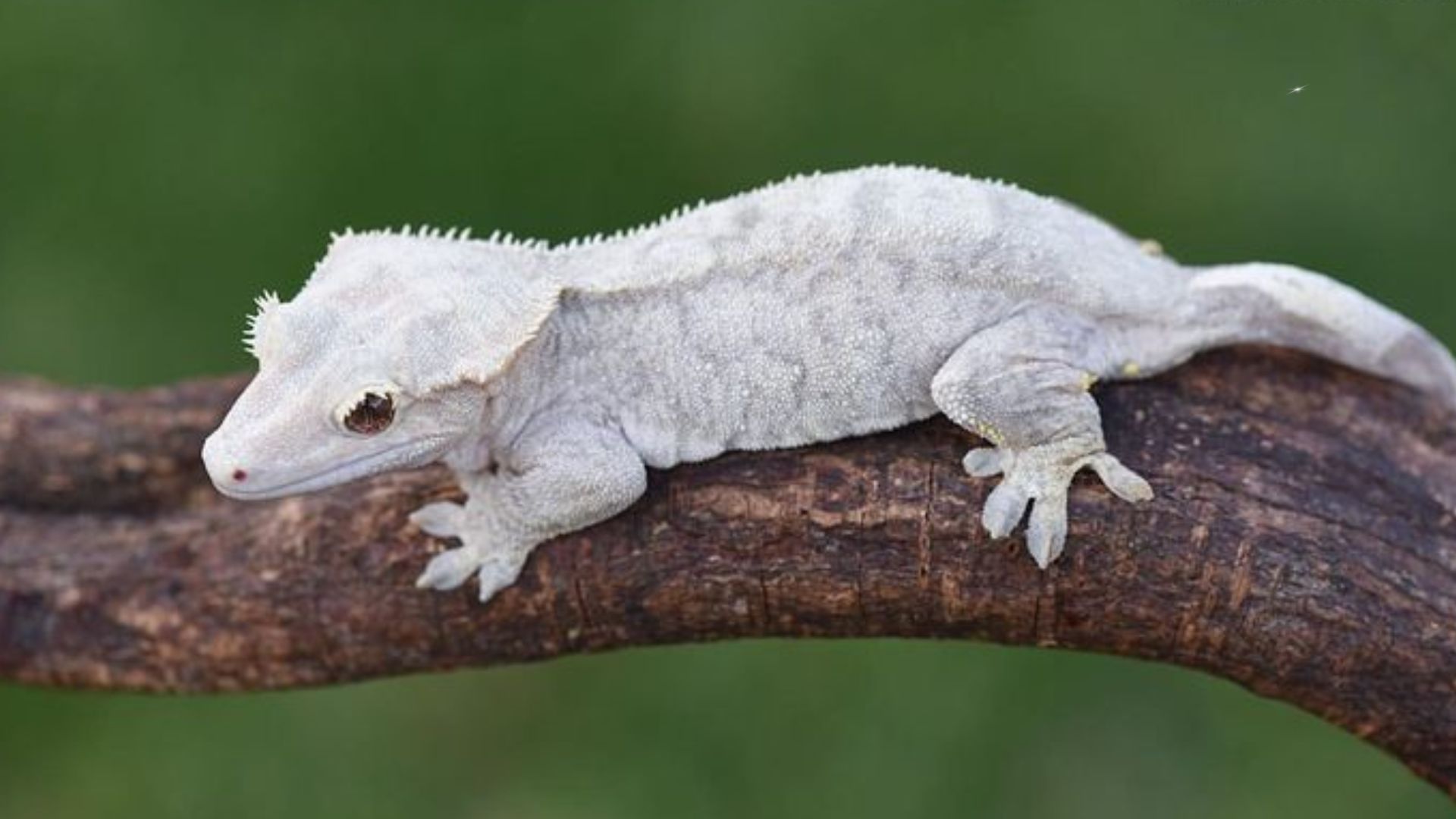
Lizards are some of the most diverse and fascinating creatures on Earth, showcasing an incredible range of colors, behaviors, and adaptations.
From the vibrant, color-changing Panther Chameleon to the massive and fearsome Komodo Dragon, these reptiles have evolved to thrive in a variety of environments, from lush rainforests to arid deserts.
Whether it’s the flying abilities of the Flying Dragon or the impressive spiny tail of the Spiny-Tailed Iguana, each species is a marvel of nature’s ingenuity.
1. Collared Lizard
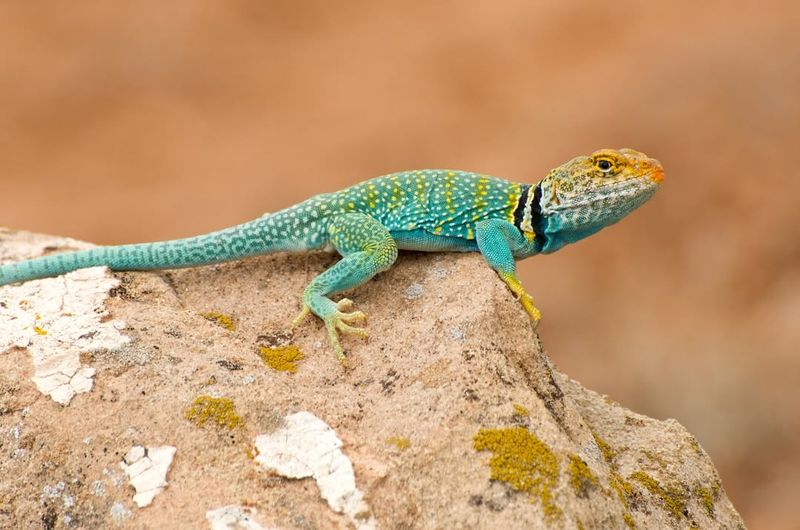
Collared Lizard stands out for its vibrant color and the characteristic black “collar” mark around its neck.
Found in the southwestern United States, it’s known for its quick movements and impressive speed, making it a captivating sight in its natural habitat.
2. Spiny-Tailed Iguana
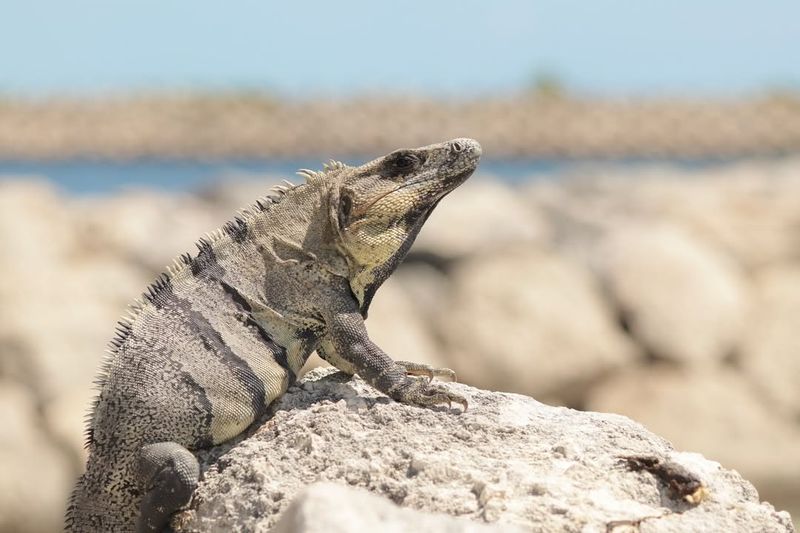
Spiny-Tailed Iguana is known for its rugged, spiky tail and incredible ability to thrive in harsh environments.
This lizard is native to dry, rocky habitats and is a remarkable climber, making it a fascinating species for reptile enthusiasts.
3. Panther Chameleon
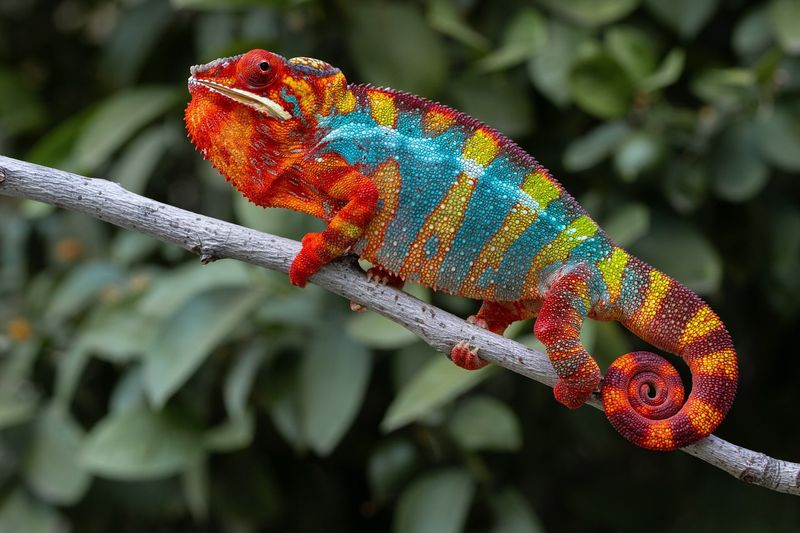
It is known for its incredible ability to change color. This adaptation helps it blend into its environment or communicate with other chameleons, especially during mating seasons or in times of stress.
Native to Madagascar, the Panther Chameleon’s bright hues of blue, red, green, and yellow make it one of the most visually striking lizards in the world.
4. Marine Iguana
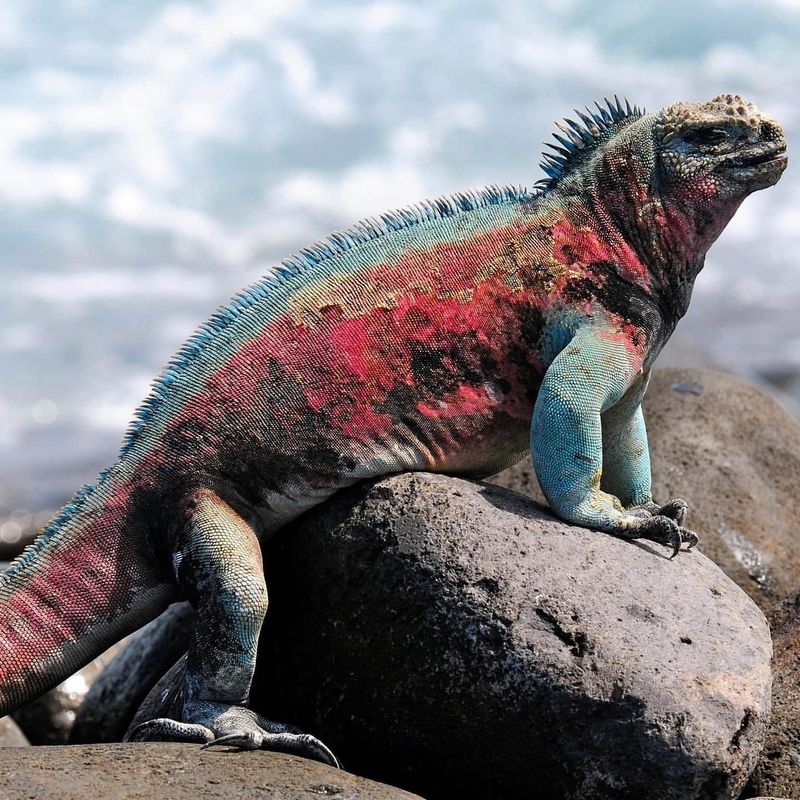
It is the only sea-going lizard in the world, diving into the ocean to feed on algae.
Its flattened tail aids in swimming, while its dark skin absorbs sun rays, crucial for maintaining body temperature after cold water dives.
Marine Iguanas possess specialized glands to expel excess salt consumed with their marine diet, often seen snorting to clear these glands.
5. Komodo Dragon
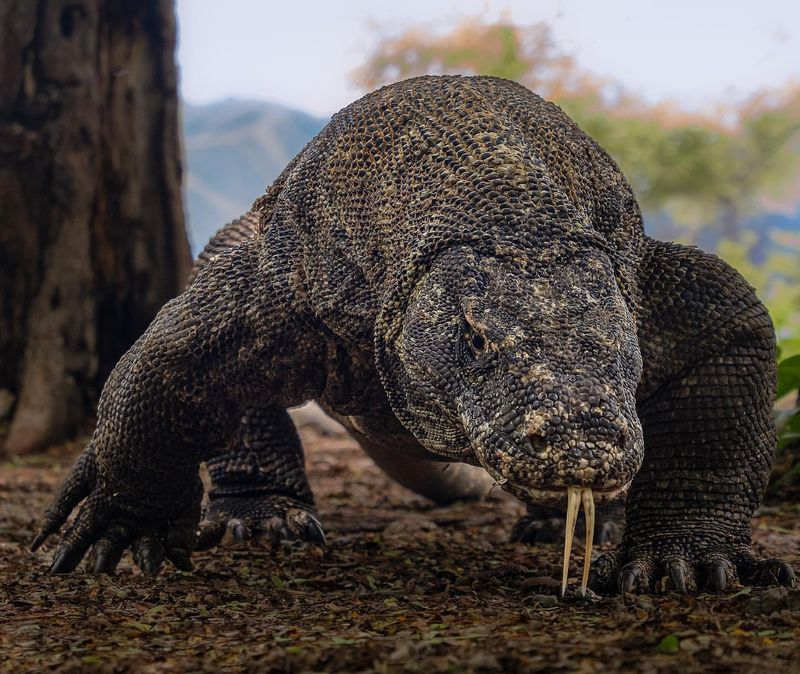
The Komodo Dragon is the largest living lizard, growing up to 10 feet long and weighing over 300 pounds. Native to a few Indonesian islands, this apex predator uses its strength, sharp claws, and venomous bite to hunt large prey, such as deer and wild boar.
Despite its size, the Komodo Dragon is a stealthy hunter, often ambushing its prey with incredible speed and force. Its intimidating presence and unique abilities have made it a subject of fascination for wildlife enthusiasts and researchers alike.
6. Green Iguana
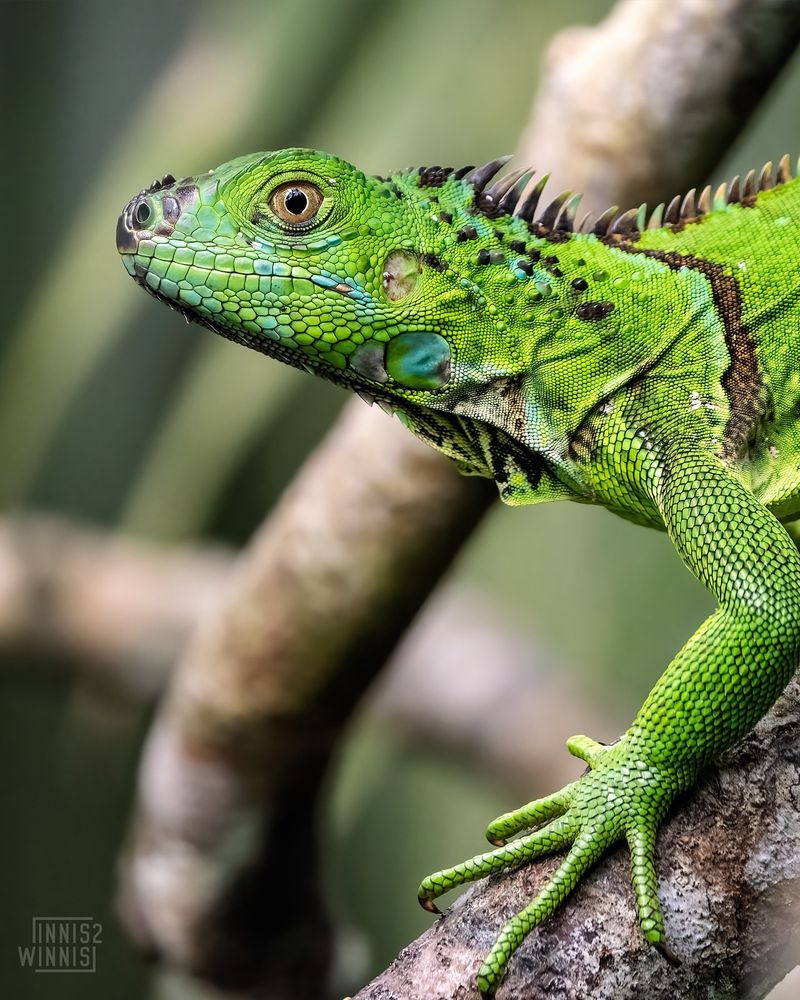
The Green Iguana is a large, herbivorous lizard known for its vibrant green coloring, which helps it blend into the tropical trees and bushes of Central and South America.
These lizards can grow up to 6 feet long, including their tail, and are equipped with sharp claws and powerful jaws for climbing and defending themselves. As popular pets, Green Iguanas require spacious enclosures and a specific diet of leaves and fruits to stay healthy and active.
7. Frilled Lizard
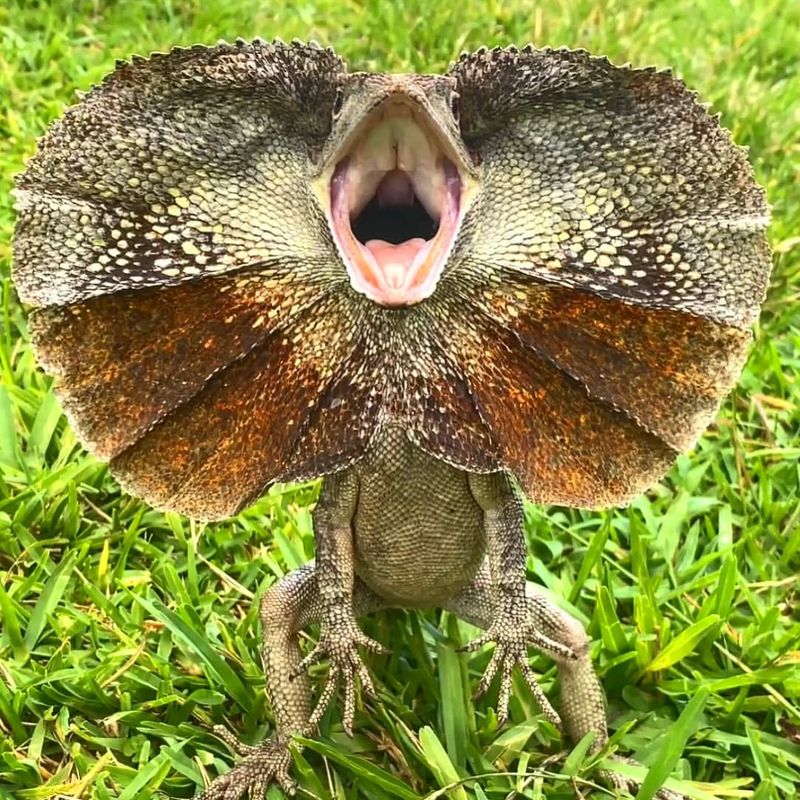
The Frilled Lizard, native to northern Australia and New Guinea, is named for the large, frill-like flap of skin around its neck, which it can raise when threatened to appear larger and more intimidating.
Known for its unique defense mechanism, this lizard can run on its hind legs in short bursts, often sprinting away from predators. The Frilled Lizard’s dramatic display and agility make it a fascinating creature in the wild.
8. Gila Monster
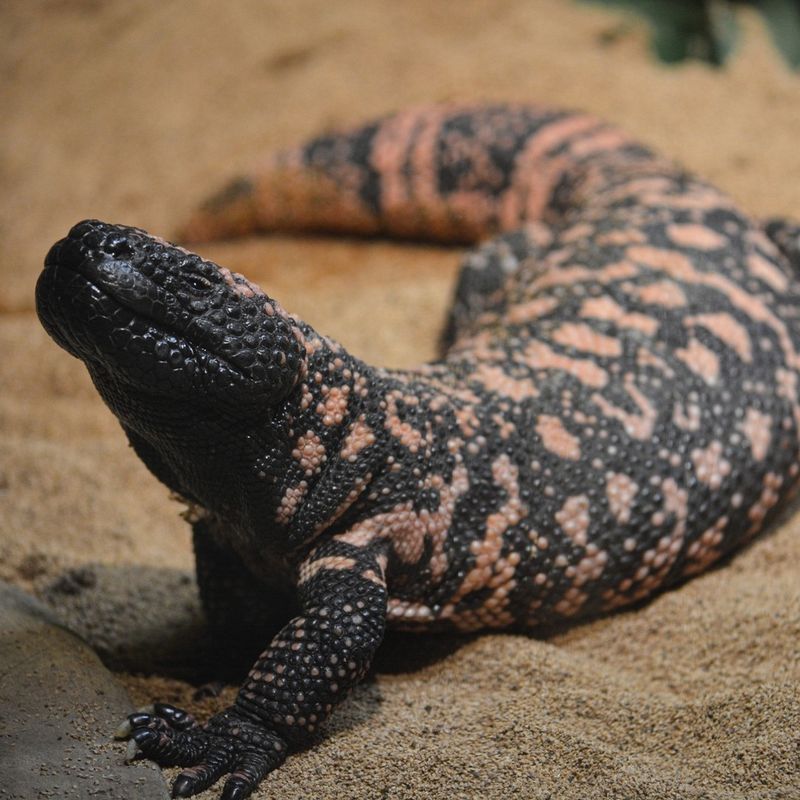
One of the few venomous lizards, the Gila Monster is found in the deserts of the southwestern United States and Mexico. This slow-moving lizard has a stocky body and bright orange or pink markings on its black scales, making it highly recognizable.
Gila Monsters use their venomous bite to immobilize prey and protect themselves from predators. They are also known for their ability to store fat in their tails, which allows them to survive in arid environments for extended periods without food.
9. Jackson’s Chameleon
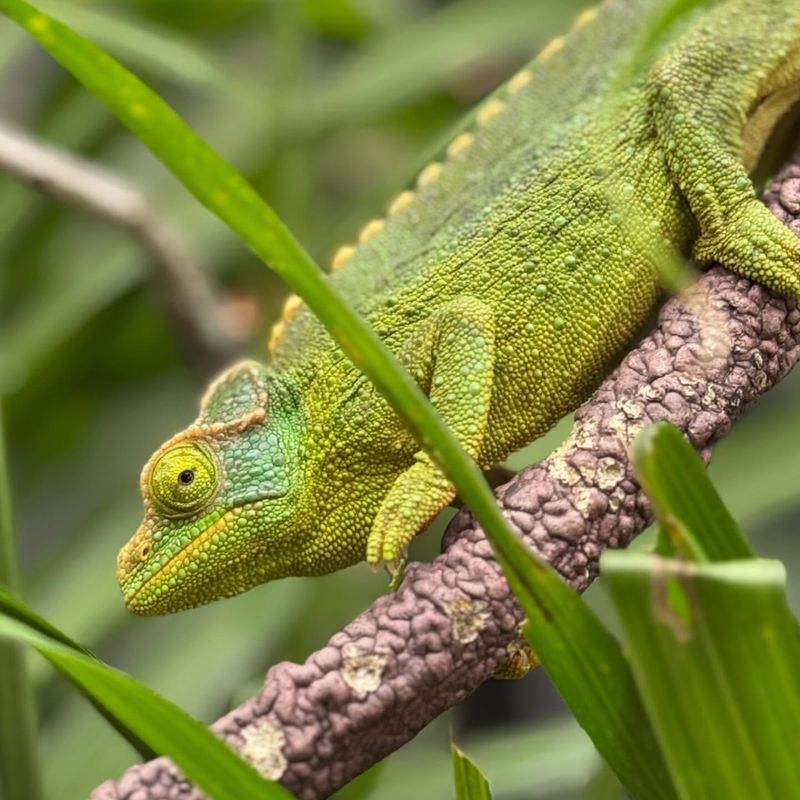
Native to East Africa, Jackson’s Chameleon is famous for its three horns on the male’s head, which resemble those of a rhinoceros. These lizards are skilled climbers, often found in trees, and can change color to blend into their surroundings or communicate with other chameleons.
Their distinctive look and behaviors, like their ability to swivel their eyes independently, make them one of the most unique and fascinating lizards.
10. Plumed Basilisk
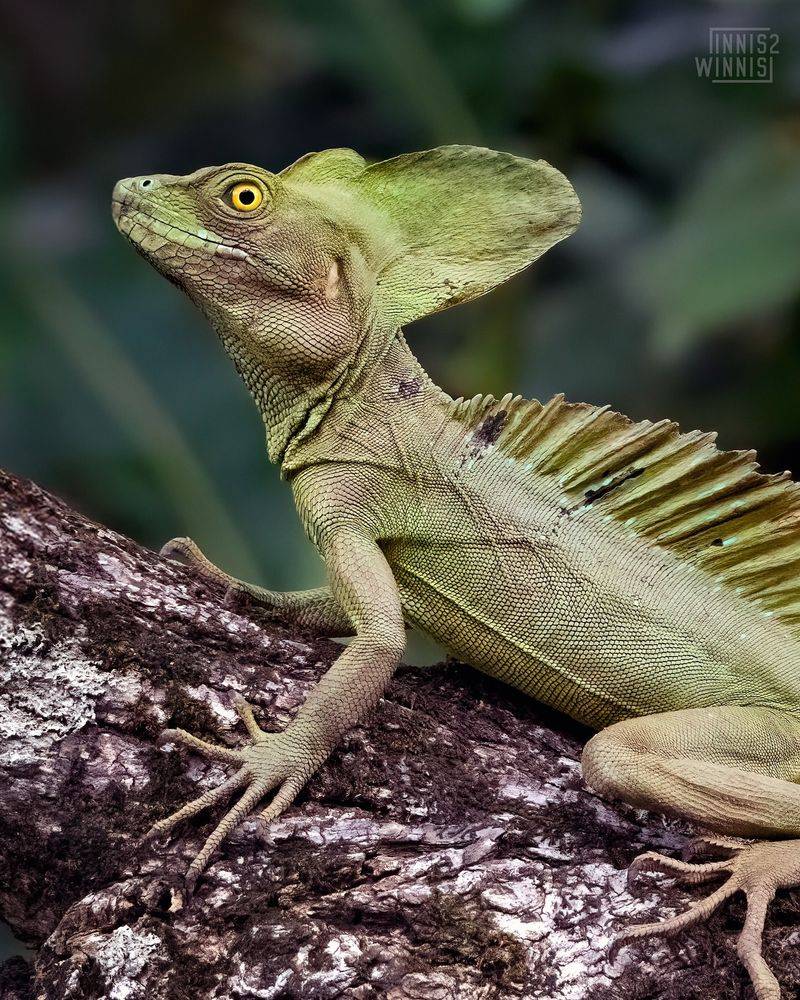
Often called the “Jesus Christ Lizard” for its remarkable ability to run on water, the Plumed Basilisk can be found in Central and South America. These lizards have specialized feet that allow them to create enough lift to “walk” across the surface of water for short distances.
The Plumed Basilisk also has a crest of skin on its head and neck, adding to its distinctive appearance and making it a standout species in the reptile world.
11. Blue-tongued Skink
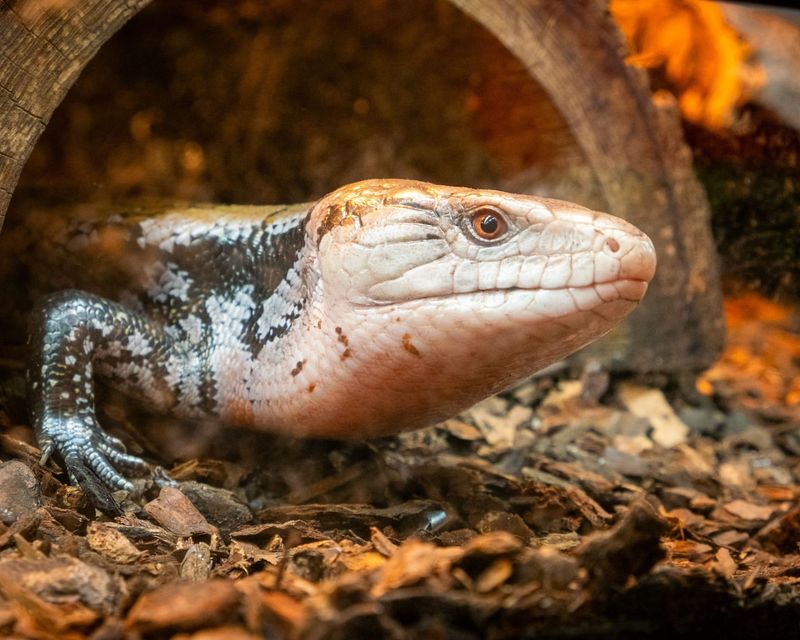
The Blue-tongued Skink is a docile and curious lizard, named for its distinctive blue tongue, which it flashes to confuse predators or intimidate them. Native to Australia and surrounding islands, these lizards are often found in dry, rocky areas and are known for their adaptability to various habitats.
They are omnivores, feeding on a variety of fruits, vegetables, and insects. Their calm nature makes them popular as pets among reptile enthusiasts.
12. Flying Dragon
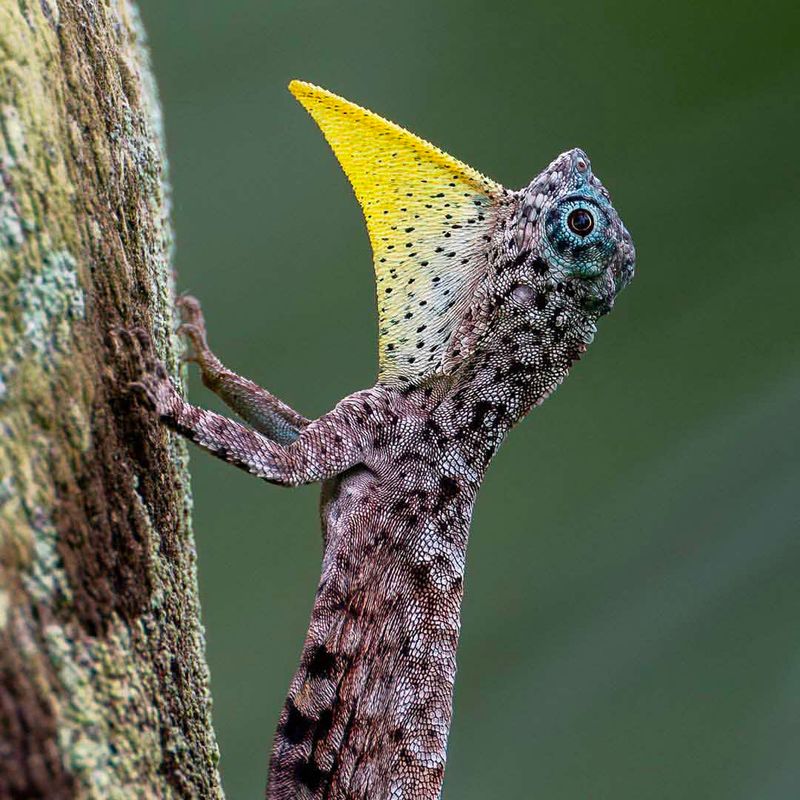
Native to Southeast Asia, the Flying Dragon lizard is known for its ability to glide through the air using flaps of skin along its ribs that resemble wings.
This incredible adaptation allows the lizard to travel between trees in search of food or to escape predators. Although it cannot truly fly, the Flying Dragon can glide for significant distances, making it a fascinating example of evolutionary innovation.
13. Leopard Gecko
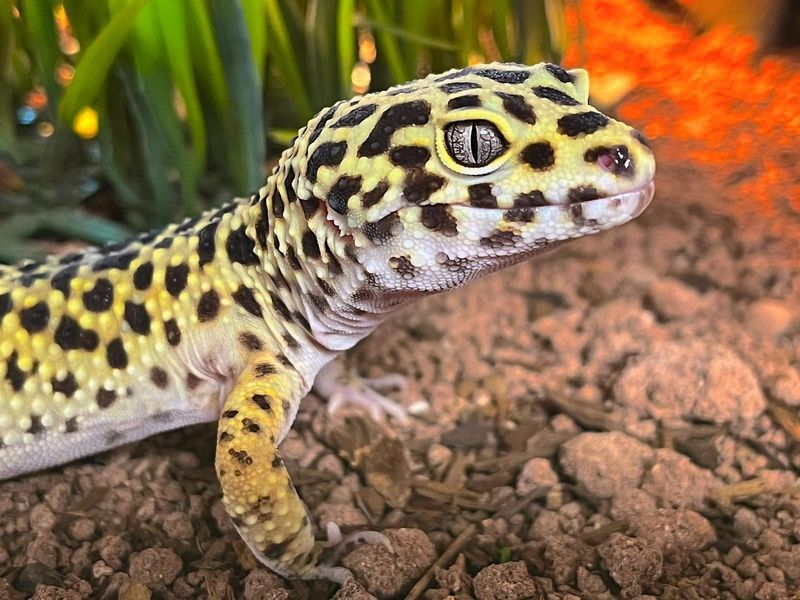
The Leopard Gecko is a small, nocturnal lizard famous for its spotted pattern, which resembles the fur of a leopard. Native to the deserts of Asia and the Middle East, these geckos are popular pets due to their docile temperament and ease of care.
Leopard Geckos are insectivores and thrive on a diet of crickets, mealworms, and other small insects. Their ability to store fat in their tails allows them to survive in arid environments with minimal water.
14. Satanic Leaf-tailed Gecko
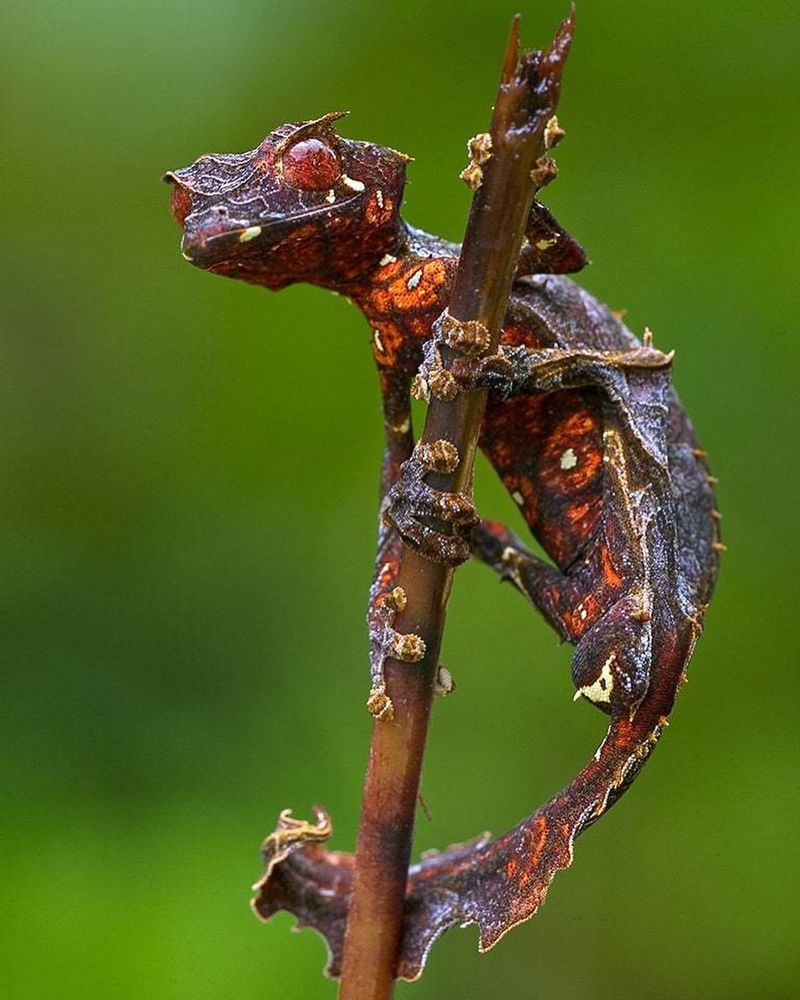
The Satanic Leaf-tailed Gecko, native to Madagascar, is an expert at camouflage, with a body shape and coloration that perfectly mimic dead leaves.
This incredible adaptation allows the gecko to blend seamlessly into its environment, providing protection from predators. With its eerie appearance and impressive camouflage skills, the Satanic Leaf-tailed Gecko is a true master of disguise.
15. Common Basilisk
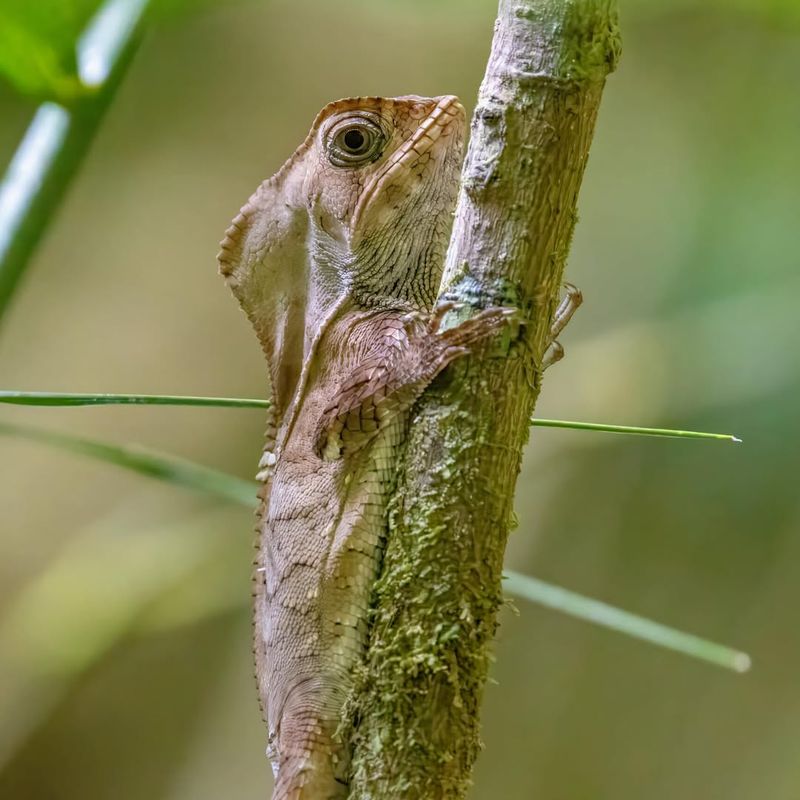
The Common Basilisk, also known as the “Jesus Christ Lizard,” is famous for its ability to run on water. This remarkable lizard can sprint across the surface of water for short distances, using its long toes and powerful legs to create enough lift.
Found in Central America, the Common Basilisk has a crest along its back and tail, adding to its distinctive look. Its ability to move quickly and efficiently in its environment makes it a fascinating species to observe.
16. Crested Gecko
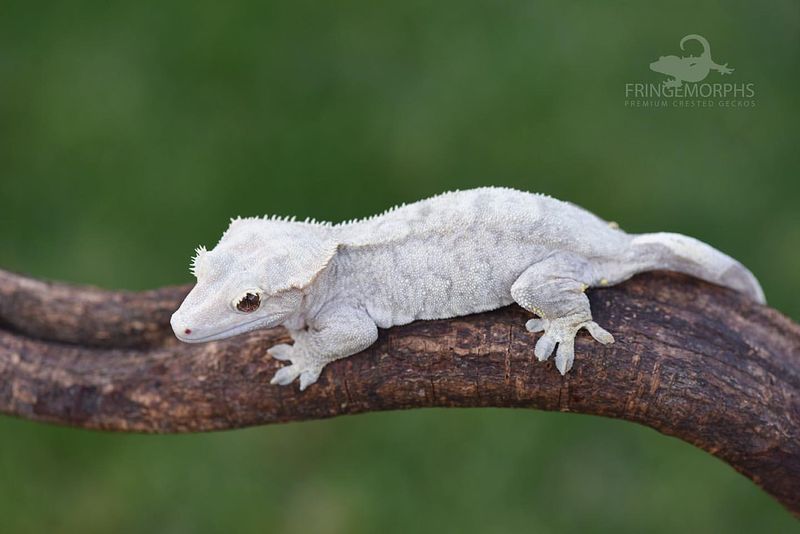
The Crested Gecko, native to New Caledonia, is easily recognizable by the crests above its eyes, giving it a unique, almost “crowned” appearance.
These nocturnal lizards are arboreal, spending much of their time in trees, and they are known for their ability to regenerate their tails if they are lost. Crested Geckos are also great climbers and can stick to surfaces using their specialized toe pads, making them adept at navigating vertical surfaces.
17. Tuatara
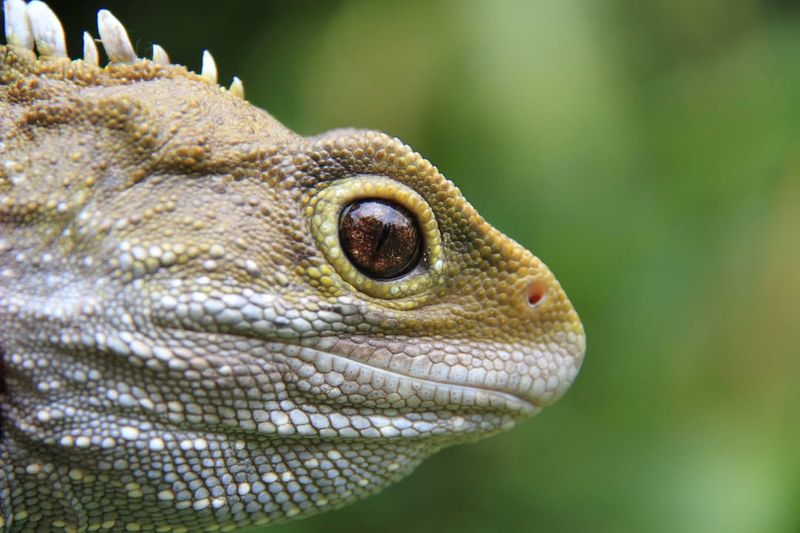
Often called a “living fossil,” the Tuatara is a rare reptile that is native to New Zealand. While it resembles lizards, the Tuatara belongs to its own order, Sphenodontia, and is the only surviving member of its group.
Tuataras are unique in having a “third eye” on the top of their heads, which is used to regulate their circadian rhythm and detect light. They are slow-moving creatures that live in burrows and feed on insects, small birds, and lizards.
18. Bearded Dragon
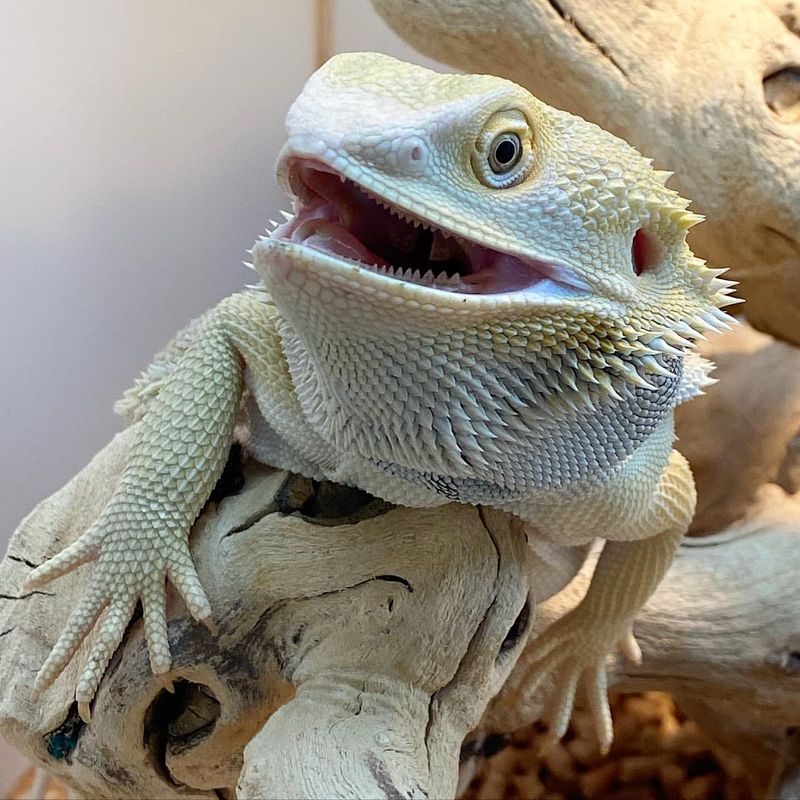
This one is a popular pet lizard known for its calm nature and distinctive “beard,” a flap of skin under its chin that expands when threatened or during mating displays.
Native to Australia, these omnivores are often found in arid environments and are known for their ability to adapt to various habitats. Bearded Dragons are friendly and social animals, making them great companions for reptile enthusiasts.
19. Armadillo Girdled Lizard
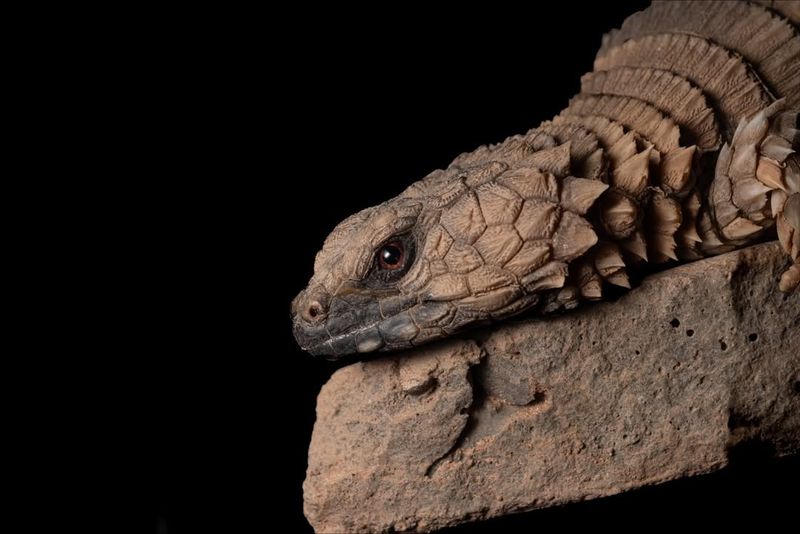
The Armadillo Girdled Lizard, found in South Africa, is named for its ability to roll into a ball, much like an armadillo, as a defense mechanism.
When threatened, it curls up into a tight ball, protecting its vulnerable underside with its hard, spiny scales. This lizard is also known for its specialized diet of insects and plants and its ability to thrive in rocky, arid environments.
20. Horned Lizard
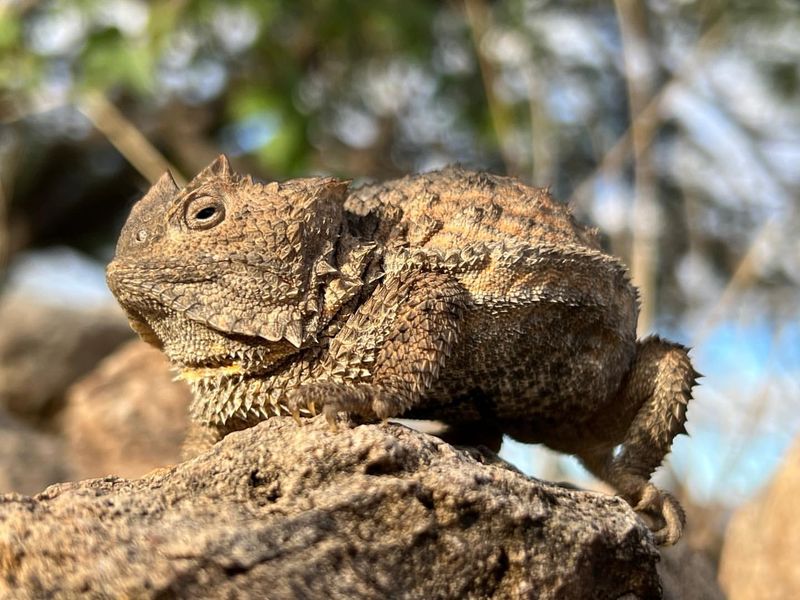
Also known as the “Horn Toad,” the Horned lizard is a unique lizard native to North America. It is well known for its ability to defend itself by puffing up its body and displaying its sharp, horn-like projections, which deter predators.
In addition, the Horned Lizard can shoot a stream of blood from its eyes to further ward off threats. Its fascinating appearance and clever defense tactics make it one of the most interesting lizards in the wild.
21. Glass Lizard
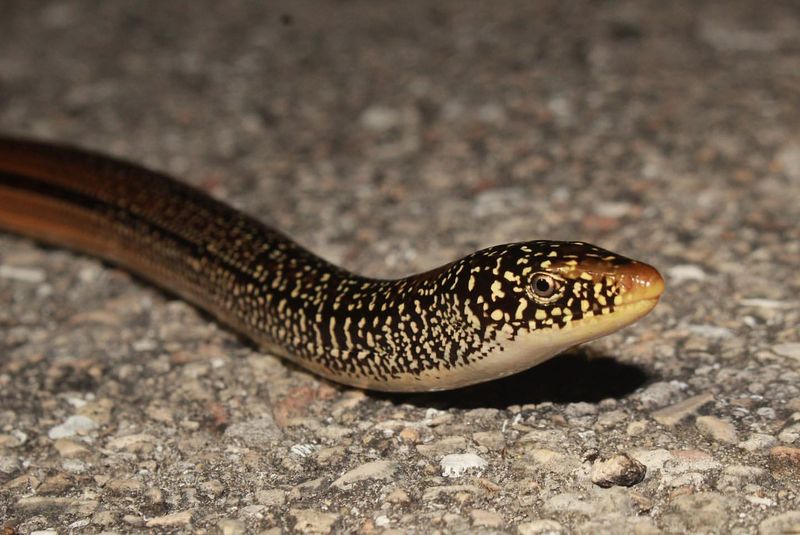
The Glass Lizard, so named because of its breakable tail that can easily detach when threatened, is a legless species resembling a snake. Found in parts of the United States, the Glass Lizard uses its tail as a distraction to escape predators, growing back a new tail over time.
Despite its snake-like appearance, it is a true lizard and has the same characteristics, such as eyelids and external ear openings, which differentiate it from snakes.
22. Desert Horned Viper
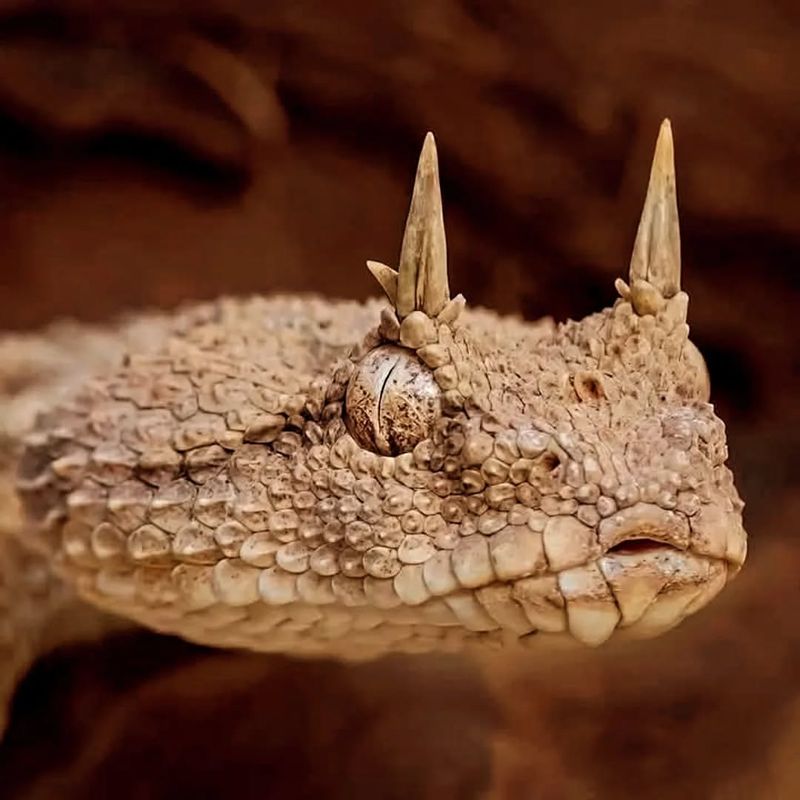
The Desert Horned Viper, native to North America’s southwestern deserts, is a venomous snake-like lizard known for the horn-like projections on its nose.
These horns help it blend into its desert environment by breaking up its outline against the sand. The Desert Horned Viper is an ambush predator, waiting for prey to approach before striking with precision. Its unique adaptation to desert life makes it a fascinating reptile.
23. Sailfin Dragon
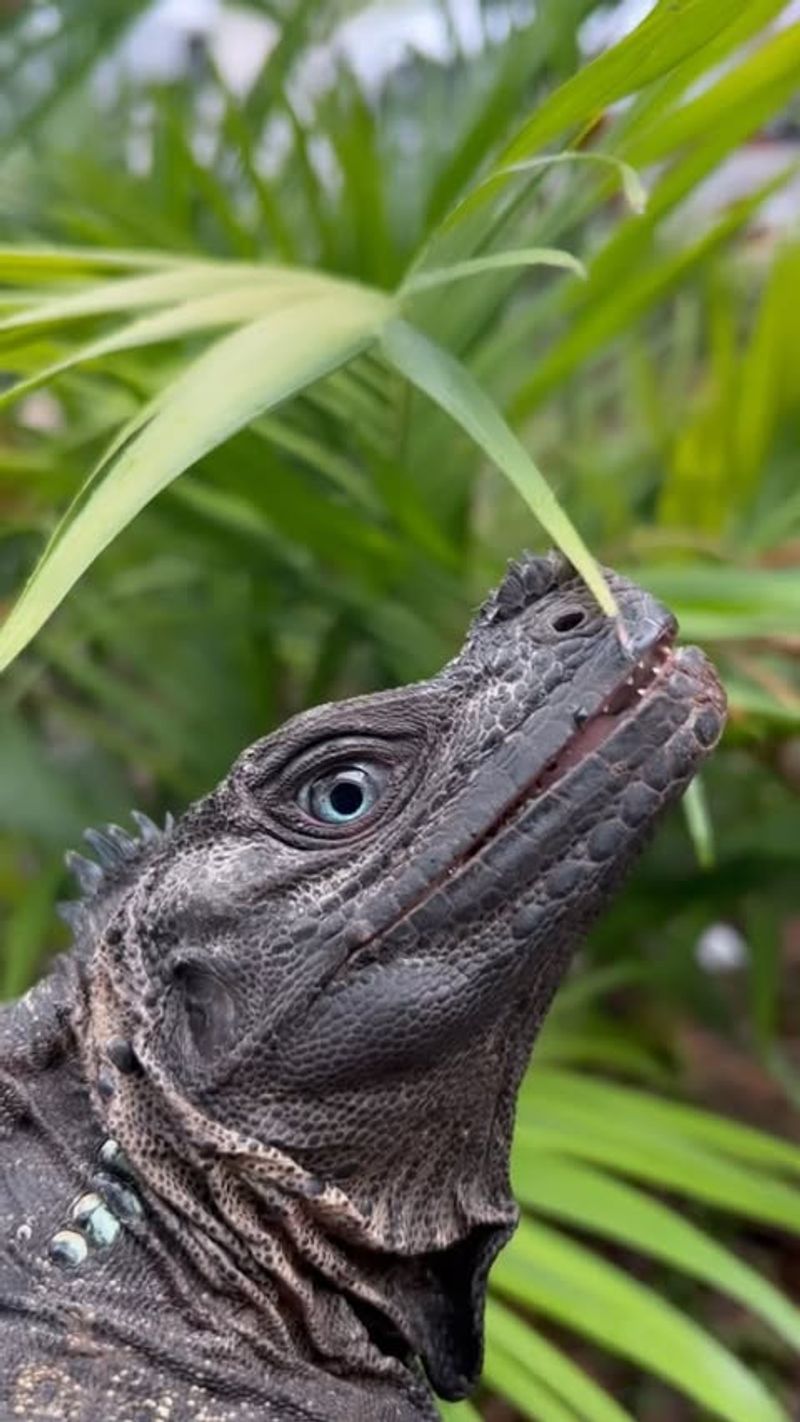
This lizard is known for the large, sail-like fin along its back, which it can flare out when threatened or during mating displays. This striking feature helps the Sailfin Dragon appear larger to predators and potential rivals.
These lizards are great swimmers and climbers, often living in tropical forests near water. Their ability to navigate both land and water environments makes them particularly adaptable to their habitats.
24. Moloch
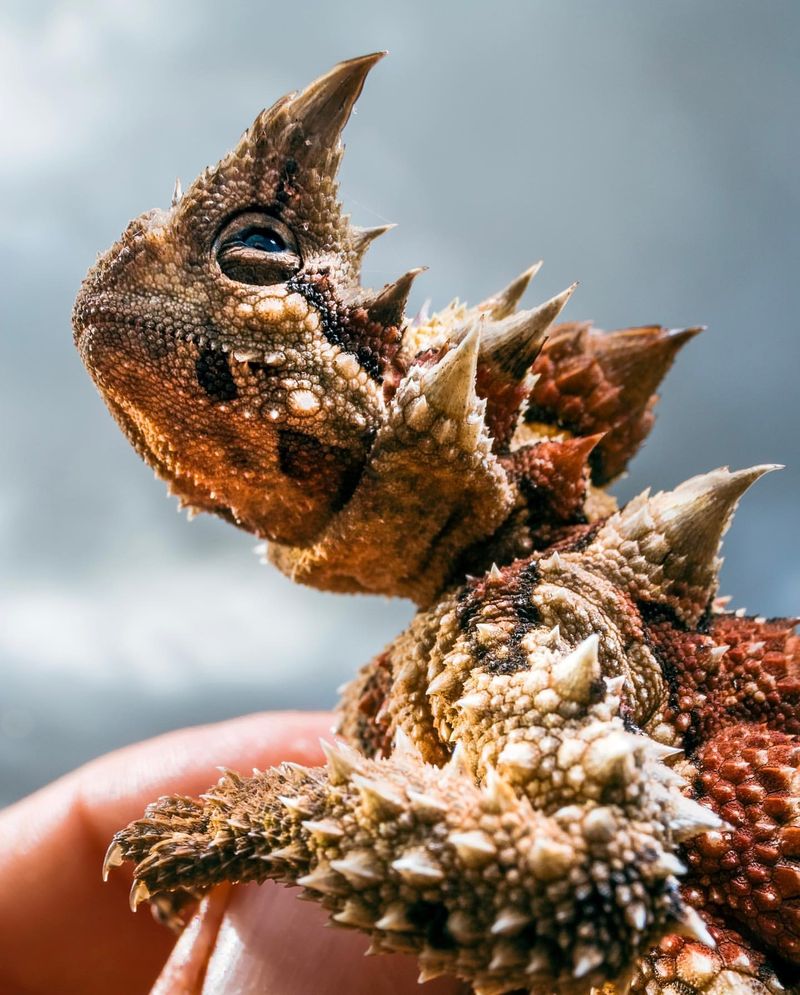
Also known as the “Thorny Devil,” the Moloch is a spiny lizard native to Australia. Its body is covered in sharp, thorn-like projections that protect it from predators and help it blend into the desert landscape.
The Moloch is also equipped with a unique defense mechanism: it can collect water on its body and direct it to its mouth by channeling it through grooves on its skin. This allows it to survive in the harsh, dry desert environment.
25. Tokay Gecko
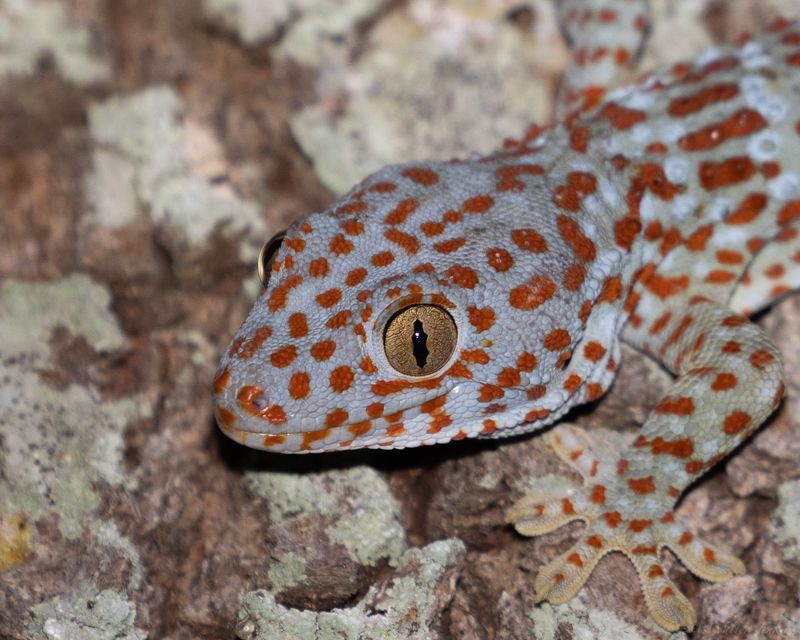
The Tokay Gecko is a large, colorful lizard found in Southeast Asia, known for its loud, distinct calls that sound like “to-kay,” which is how it got its name.
These geckos are territorial and can be quite aggressive, using their strong bite and quick reflexes to defend their territory. Despite their aggressive nature, Tokay Geckos are highly prized for their vibrant coloration and striking patterns, making them a favorite among reptile collectors.

